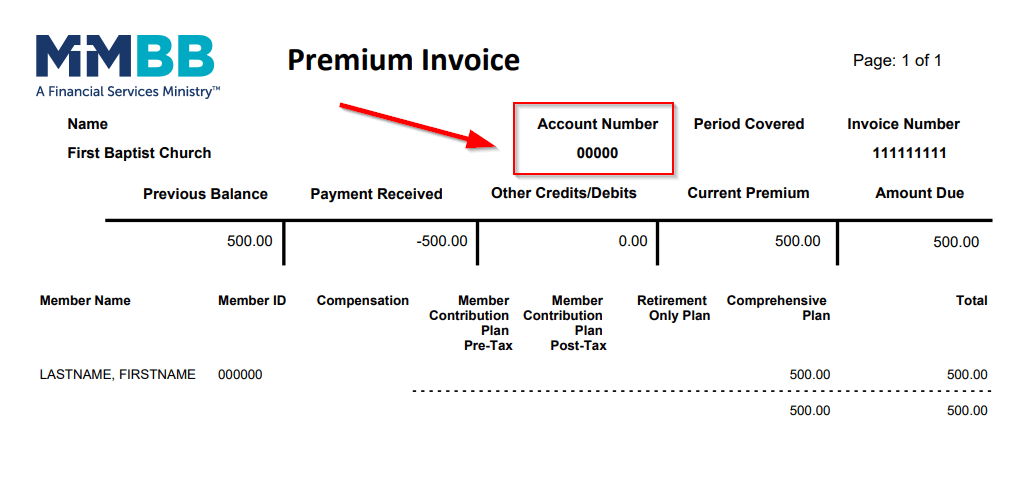What You Need to Know to Manage Your Finances in Your 40s – Part 1
By the time you turn 40, you’ve reached the mid-point of your life or “middle age.” You’re likely in your peak earning years and suddenly halfway to retirement. More than ever, you find yourself surrounded by responsibilities. For example, you may spend most of your free time consumed by your children’s activities. In addition, you start to find yourself caring for your aging parents more. Overall, you feel yourself pulled in different directions 24x7 as you face more challenges and stress at work and at home. Life seems to be moving faster than ever.
The good news is that time is still on your side, although certainly not as much as it was in your 20s and 30s. By this time, you may have laid the basic groundwork for reaching your financial goals and have achieved some milestones. So, this is a golden opportunity to check in on your progress and make any adjustments if needed. With that in mind, in part 1 of this article, we’ll share the first five of 10 financial moves to consider so you can make your 40s a more productive decade and prepare yourself for the next stage in your life.
Review and update your goals & priorities.
Since you first set your goals in your 20s and 30s, it is likely that those goals have shifted somewhat by middle age, and additional goals are likely to have surfaced. You may now have a spouse and children. You are also likely earning more than ever. Or it’s possible that you have switched careers or started a side business. Perhaps you have relocated your residence. Regardless of your situation, it’s worth revisiting your goals and updating your priorities to provide yourself more clear direction in your financial life. There is no better time to do it than the present. So, ask yourself which goals are most relevant to your family. Which goals make most sense? Which are “must haves” in priority versus merely “nice to haves?” Update your priorities accordingly. Above all, include your spouse in your goal setting – a “must do” action item!
Avoid lifestyle inflation by controlling your spending, paying down debt, and saving as much as you can.
As your income rises, it’s easy to get caught up in “lifestyle inflation” where your expenses expand perpetually to accommodate your growing lifestyle. But be mindful of overspending and be careful not to splurge too much, since this can handcuff your long-term financial independence. It’s crucial not to jeopardize your long-term financial priorities for the sake of continually upgrading your lifestyle, such as purchasing a new car and larger home. Do not lose sight of your goals. Cut back on unnecessary spending and continue to pay down your high interest debt (such as credit card debt).
At the same time, increase your savings. If you have kids, it’s even more critical to have a strong emergency fund, as big expenses can pop up without notice. The same goes if you own a house: Something is bound to suddenly break down at some point. In your 40s, you have more at stake because you are responsible for more people than you were previously. At a bare minimum, we suggest having enough in liquid savings to cover three to six months of living expenses. But ideally, if you have a family and own a home, we also suggest striving for up to one year of spending coverage.
Invest wisely:
When you are in your 40s, your investment time horizon is shorter than it was in your 20s and 30s. However, you still have more than ample time, and it’s likely that you won’t retire for at least another decade or two. Therefore, make sure your investment portfolio and asset allocation properly reflect your needs, goals, and time horizon. That means making sure that you are still investing for growth, with sufficient allocation dedicated to stocks. Yet, at the same time, ensure that your portfolio is properly diversified. We suggest you no longer sit on risky concentrated positions as you may have in your 20s or 30s.
Keep in mind, as important as asset allocation is, asset “location” matters just as much. That means investing tax efficiently by having the right type of investment securities across your accounts. It also means achieving tax diversification in your portfolio through a healthy balanced mix of tax deferred, tax free, and taxable accounts. Consult your financial planner for guidance.
Consolidate and simplify:
By your 40s, it is likely that you have undergone several job changes. If that’s the case, it is also likely that you have employer sponsored retirement plans scattered in multiple places. Before they become even more scattered and more difficult to manage, this is a good time to begin consolidating those accounts into one or a few accounts to simplify your portfolio tracking. Your portfolio will only grow as time passes, and it is likely that you’ll have even more accounts in the future. So, it’s worth beginning consolidating and organizing them now to make your life easier.
Minimize your taxes:
If your income is higher, and you have a growing family and own a house, it is likely that you are paying more taxes than ever. At the same time, you will find that you have more opportunities than ever to lower your taxes. So, make sure to get a firm handle on tax planning and minimizing your tax liability. There’s a difference between tax preparation and tax planning – tax “preparation” is merely the annual task of properly calculating and reporting your tax liability, while tax “planning” is the ongoing task of taking comprehensive action to strategically minimize your taxes.
For some, tax planning may include utilizing measures such as retirement plan contributions, tax deductions, tax credits (for example, the Child Tax Credit or Child and Dependent Care Credit), a Roth conversion, tax-advantaged healthcare savings accounts such as a Health Savings Account (HSA) and Flexible Spending Account (FSA), and/or contributions to a Dependent Care Flexible Spending Account (DCFSA). In addition, tax planning may also involve investing more tax efficiently across your investment portfolio, including use of strategies such as tax-loss harvesting (selling investments that are down, replacing them with reasonably similar investments, and then offsetting investment gains with those losses. So, less of your money goes to taxes and more may stay invested and working for you1). Speak to your tax advisor about the possibility of capitalizing on these tax savings opportunities.
Watch for part 2 of this article in the June issue of Tomorrow for the last five tips on managing your finances in your 40s.
- “How to Cut Investment Taxes,” Fidelity, copyright 1998-2023








 Next
Next



